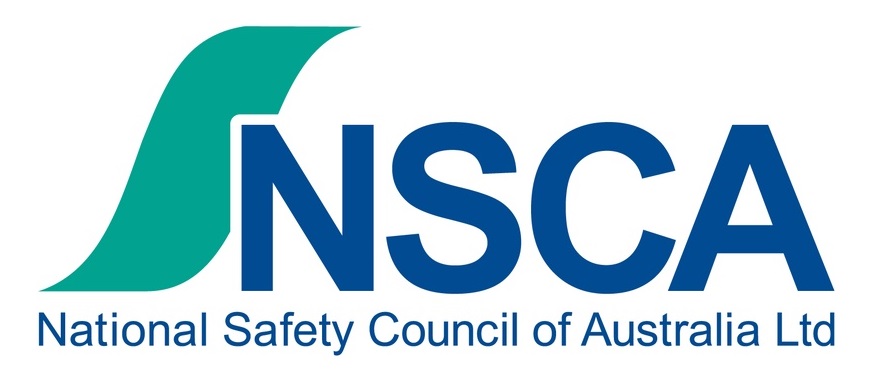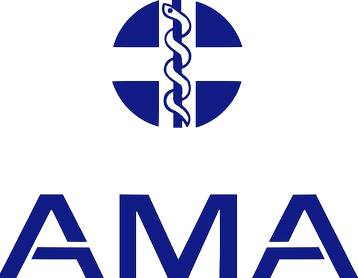National Occupational Medicine
Enquire now with our team
Our team of medical doctors are experts in all types of exposures and chemicals.
Employees exposed to hazardous chemicals are required by Worksafe to be enrolled in a Health Surveillance or Health Monitoring Program every one to two years. Health monitoring is legally required for a workplace that uses hazardous substances. Employees Health provides hazardous substance screening for a range of toxic substances including:
- Acrylonitrile
- Arsenic (inorganic)
- Asbestos
- Benzene
- Cadmium
- Chromium (inorganic)
- Creosote
- Isocyanates
- Lead (inorganic)
- Mercury (inorganic)
- 4,4’-Methylene bis(2-chloroaniline) (MOCA)
- Organophosphate pesticides
- Pentachlorophenol (PCP)
- Polycyclic aromatic hydrocarbons (PAH)
- Silica, crystalline
- Thallium
- Vinyl chloride
- Antimony
- Arsenic (inorganic)
- Benzene
- Beryllium
- Butanone (methyl ethyl ketone, MEK)
- Carbon disulfide
- Chromium (inorganic)
- Cobalt
- Creosote
- Dichloromethane
- Ethyl benzene
- Fluorides (including soluble fluorides and aluminium fluoride)
- Isocyanates
- 4-methylpentan-2-one (methyl isobutyl ketone) MIBK
- Nickel
- Organophosphate pesticides
- Polycyclic aromatic hydrocarbons (PAH)
- Styrene
- Tetrachloroethylene (perchloroethylene)
- Toluene
- Trichloroethylene
- Vinyl chloride
- Uranium
- Xylene
Medical tests to monitor workers health due to exposure to hazardous chemicals. Click here
As detailed in Schedule 14 of the Work Health and Safety Regulation (2011) health monitoring for hazardous chemicals including asbestos, silica, scheduled chemicals, this review has found that approximately 13.8% of cancer deaths in males and 2.2% of cancer deaths in females are caused by occupational exposures. This means that, every year, about 5000 invasive cancers and about 34 000 non-melanoma skin cancers are being caused by occupational exposures in Australia and 1.5 million workers are exposed to known carcinogens.
These estimates are considerably higher than previous Australian estimates, and should act as a spur to elevate the importance of occupation as a cause of cancer in order to decrease the population burden of cancer.
To discuss your Worksafe and legal obligations contact our medical team today.
We work in accordance with state legislation






Onsite health monitoring means minimal downtime and disruption.
With years experience in health monitoring and health surveillance across industries, our medical practitioners are experts in all types of exposure and chemicals. They will select the correct pathology and medical tests and assessments to ensure your organisation meets legislative and Worksafe requirements.
Employees Health provides health monitoring programs across all states in Australia including NSW, Victoria, ACT, WA, Queensland and New Zealand.
It is a legal requirement for employees exposed to specific hazardous substances to undergo health surveillance.
In industries where employees may be exposed to noise or vibration, ionising radiation, solvents, fumes, dusts, biological agents and other substances hazardous to health. When there are workplace hazards with predictable risk, employers are required by law to establish a health risk management program. An important part of this program is health monitoring. Employees Health also provides information to your organisation if control measures are not effective or if a worker’s health is being affected by exposure to hazardous chemicals, so that action can be taken. (Safework Australia Act, schedule 14)
Let our team guide you to ensure you are meeting your Worksafe responsibilities.
Make an enquiry today.
What are the benefits?
These medical tests help detect health problems at an early stage which prevents employees from developing serious illnesses. Health monitoring also provides data to better evaluate workplace health risks.
To better understand the risks and requirements for health surveillance for your organisation, contact our friendly team.
Many studies report increased risk of lung cancer in welders or other workers exposed to welding fume. The International Association for Research on Cancer (IARC) conclude that all welding fume can cause lung cancer and may cause kidney cancer, classifying all welding fume as Group 1 carcinogenic substances.
What are the benefits?
These medical tests help detect health problems at an early stage which prevents employees from developing serious illnesses. Health monitoring also provides data to better evaluate workplace health risks..
To better understand the risks and requirements for health surveillance for your organisation contact our friendly team
